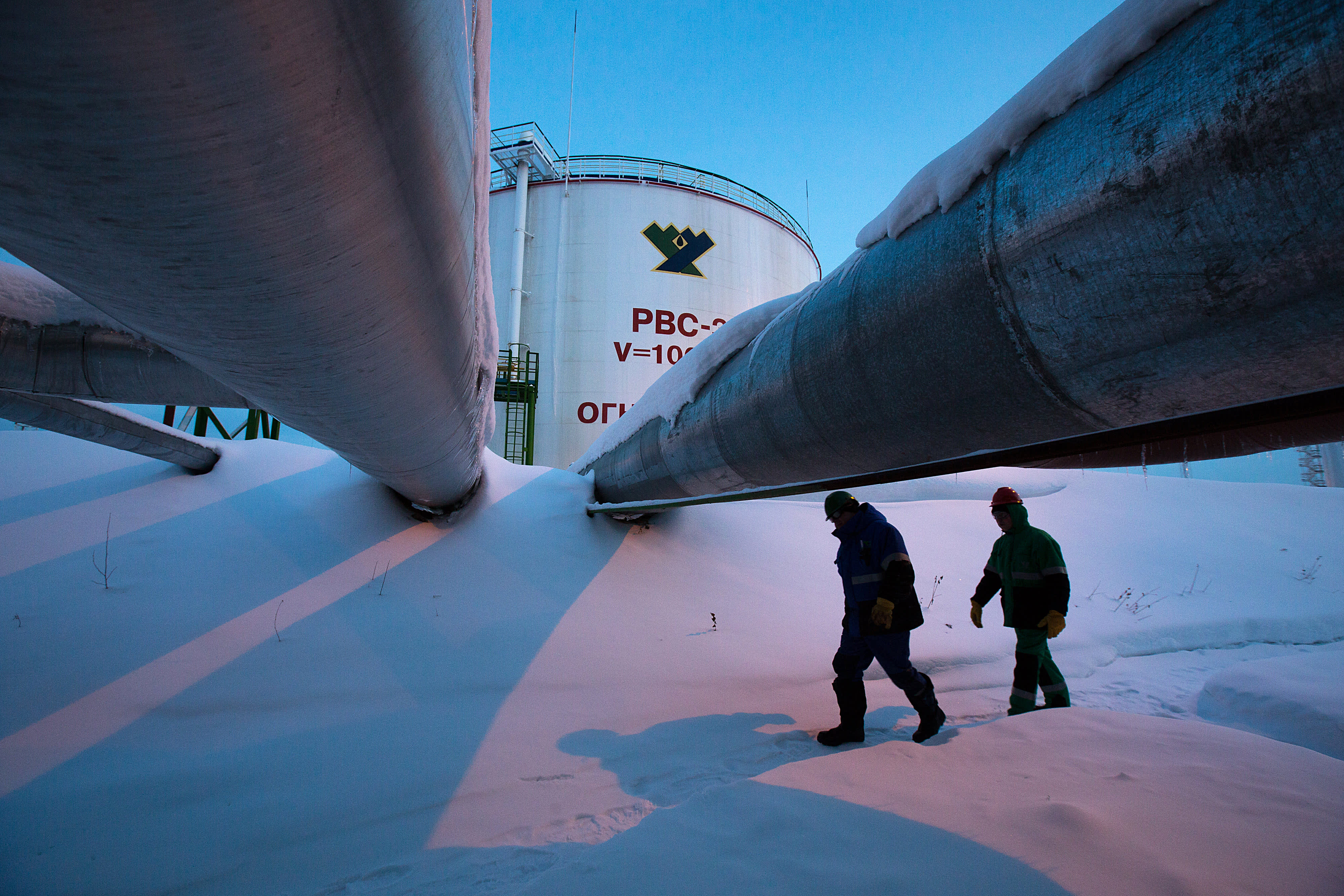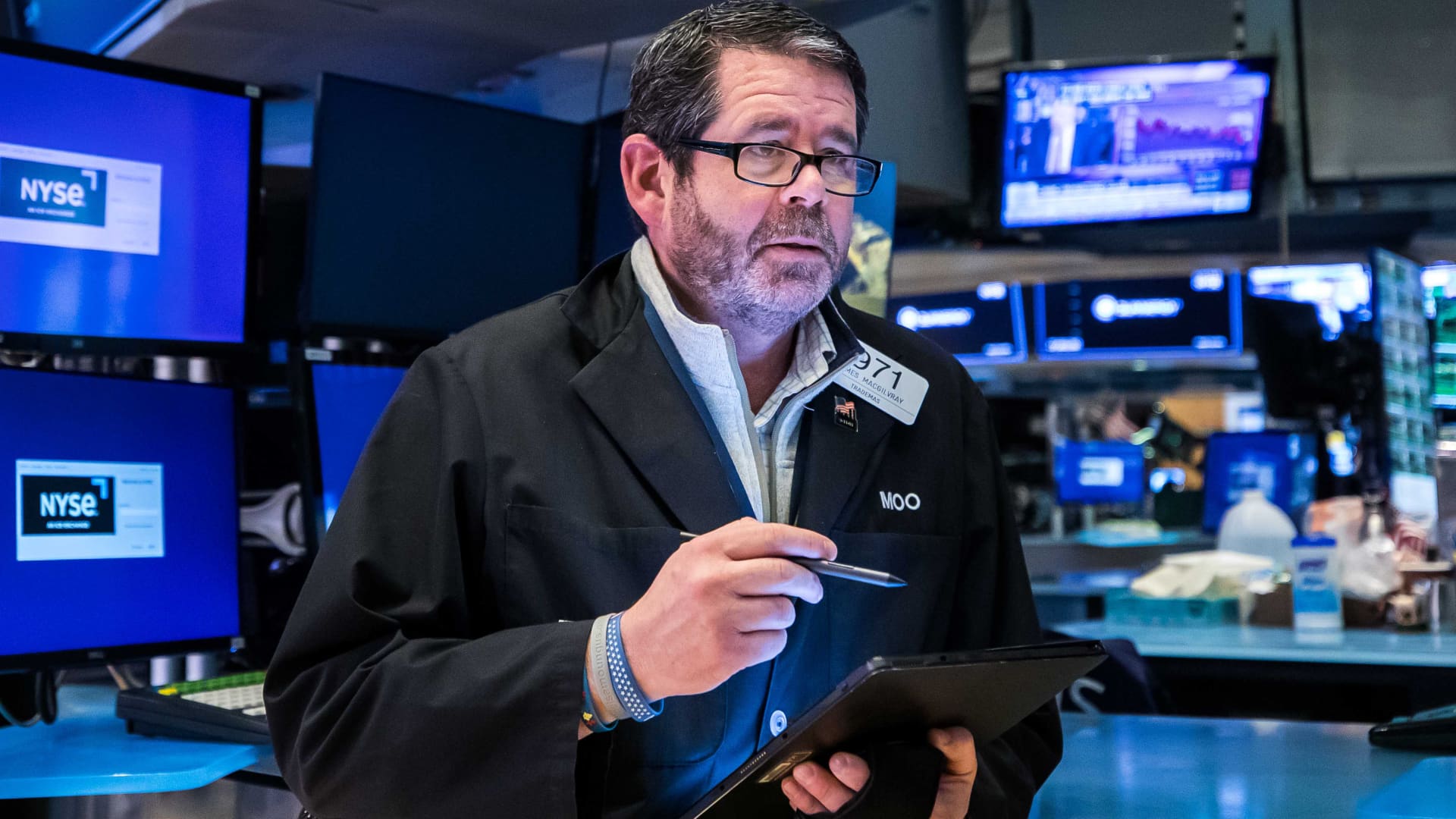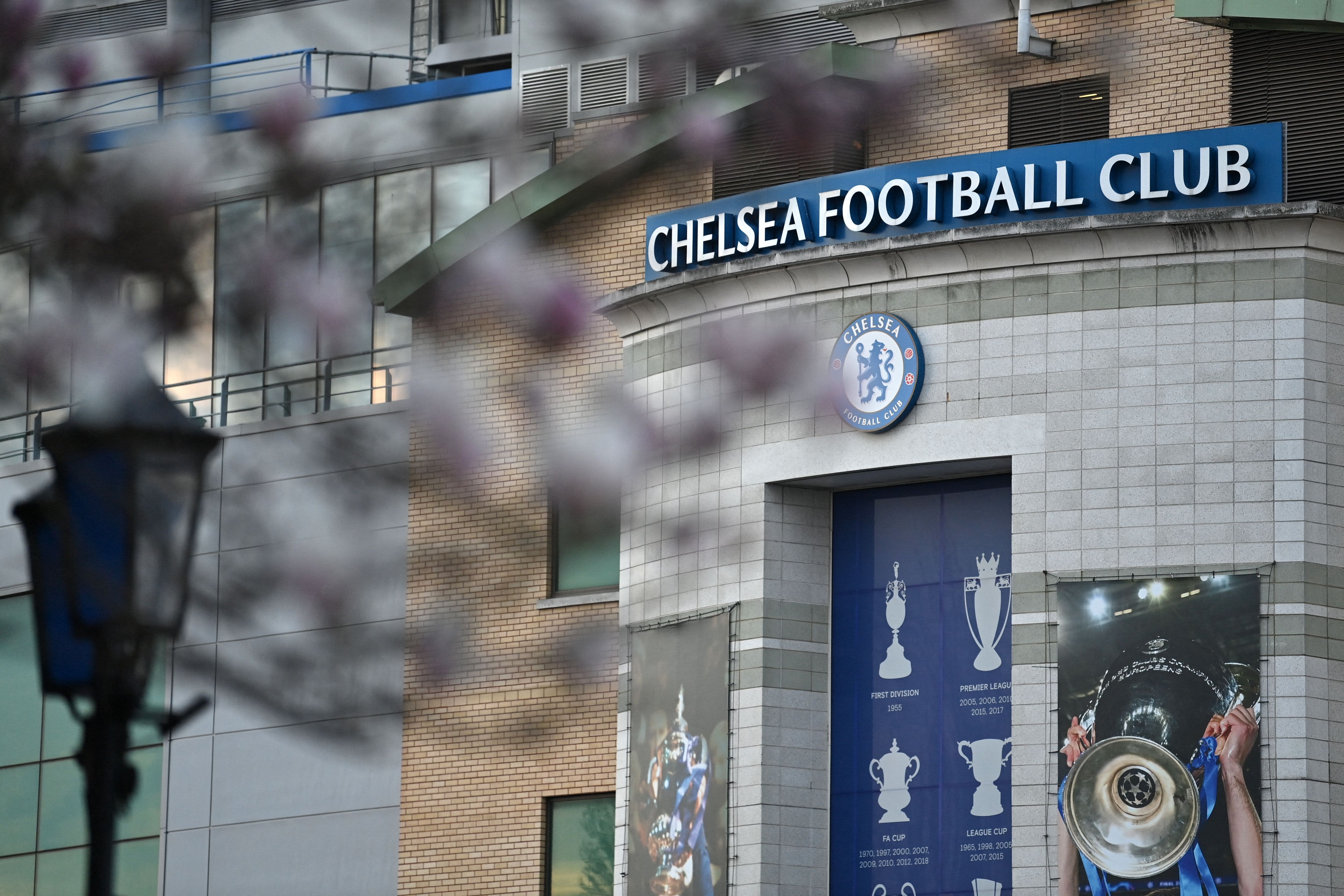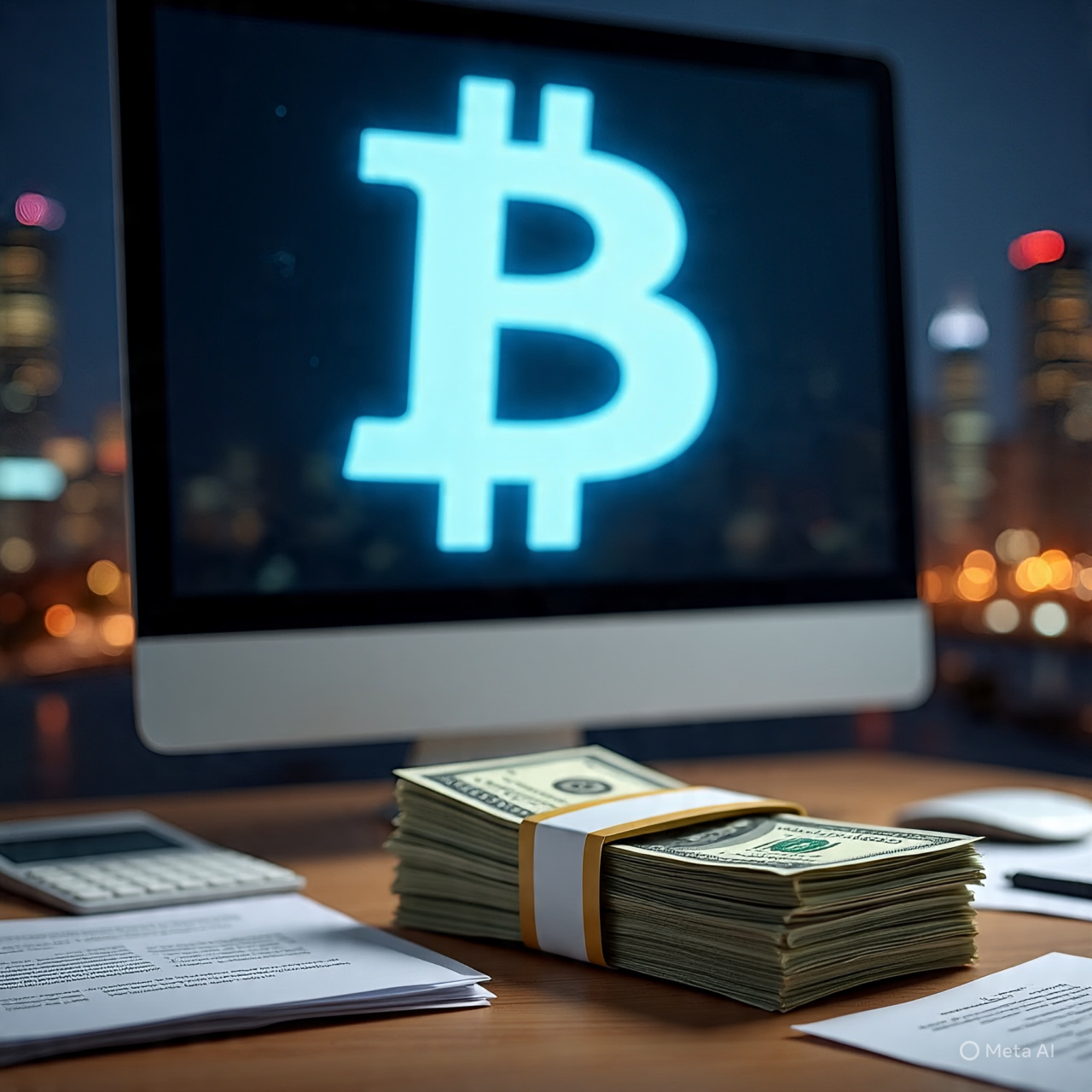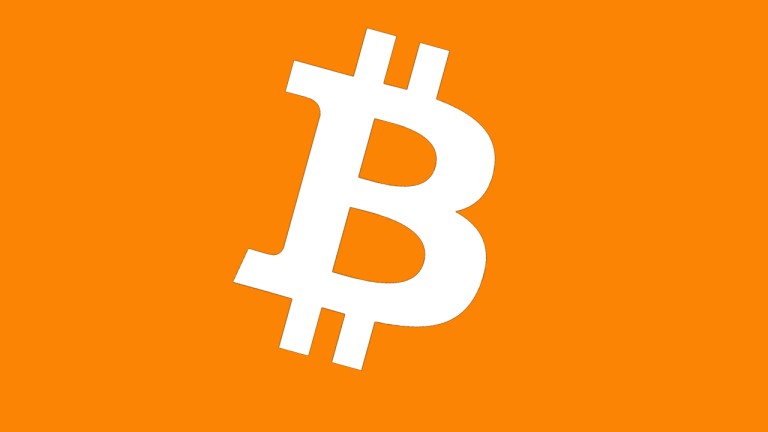Consumer prices rose 8.5% in March, slightly hotter than expected and the highest since 1981
The consumer price index for March was expected to increase 8.4% from a year ago, according to Dow Jones estimates.

Prices that consumers pay for everyday items surged in March to their highest levels since the early days of the Reagan administration, according to Labor Department data released Tuesday.
The consumer price index, which measures a wide-ranging basket of goods and services, jumped 8.5% from a year ago on an unadjusted basis, above even the already elevated Dow Jones estimate for 8.4%.
Excluding food and energy, the CPI increased 6.5%, in line with the expectation.
The data reflected price rises not seen in the U.S. since the stagflation days of the late 1970s and early '80s. March's headline reading in fact was the highest since December 1981. Core inflation was the hottest since August 1982.
However, core inflation appeared to be ebbing, rising 0.3% for the month, less than the 0.5% estimate.
Despite the increases, markets reacted positively to the report. Stock market futures rose and government bond yields declined.
"The big news in the March report was that core price pressures finally appear to be moderating," wrote Andrew Hunter, senior U.S. economist at Capital Economics. Hunter said he thinks the March increase will "mark the peak" for inflation as year-over-year comparisons drive the numbers lower and energy prices subside.
Still, due to the surge in inflation, real earnings, despite rising 5.6% from a year ago, weren't keeping pace with the cost of living. Real average hourly earnings posted a seasonally adjusted 0.8% decline for the month, according to a separate Bureau of Labor Statistics report.
The inability of wages to keep up with costs could add to inflation pressures.
The Atlanta Federal Reserve wage tracker for March indicated gains of another 6% which is "symptomatic of inflation pressures continuing to broaden," said Brian Coulton, chief economist at Fitch Ratings. Coulton pointed out that the core inflation deceleration was due largely to a drop in auto prices, while other prices continued to show increases.
Shelter costs, which make up about one-third of the CPI weighting, increased another 0.5% on the month, making the 12-month gain a blistering 5%, the highest since May 1991.
To combat inflation, the Federal Reserve has begun raising interest rates and is expected to continue doing so through the remainder of the year and into 2023. The last time prices were this high, the Fed raised its benchmark rate to nearly 20%, pulling the economy into a recession that finally defeated inflation.
Economists generally don't expect a recession this time around, though many on Wall Street are raising the probability of a downturn.
"Overall, this report is encouraging, at the margin, though it is far too soon to be sure that the next few core prints will be as low; much depends on the path of used vehicle prices, which is very hard to forecast with confidence," wrote Ian Shepherdson, chief economist at Pantheon Macroeconomics. "We're sure they will fall, but the speed of the decline is what matters."
Price increases came from many of the usual culprits.
Food rose 1% for the month and 8.8% over the year, as prices for goods such as rice, ground beef, citrus fruits and fresh vegetables all posted gains of more than 2% in March. Energy prices were up 11% and 32%, respectively, as gasoline prices popped 18.3% for the month, boosted by the war in Ukraine and the pressure it is exerting on supply.
One sector that has been a major driver in the inflation burst subsided in March. Used car and truck prices declined 3.8% for the month, though they are still up 35.3% on the year. Also, commodity prices excluding food and energy fell by 0.4%.
Those declines, however, were offset by gains in clothing, services excluding energy and medical care, each of which increased 0.6% for the month. Transportation services also rose 2%, bringing its 12-month gain to 7.7%.
In a sign of economic recovery from a sector hard-hit during the Covid pandemic, airline fares jumped by 10.7% in the month and were up 23.6% from a year ago.

 Konoly
Konoly 







